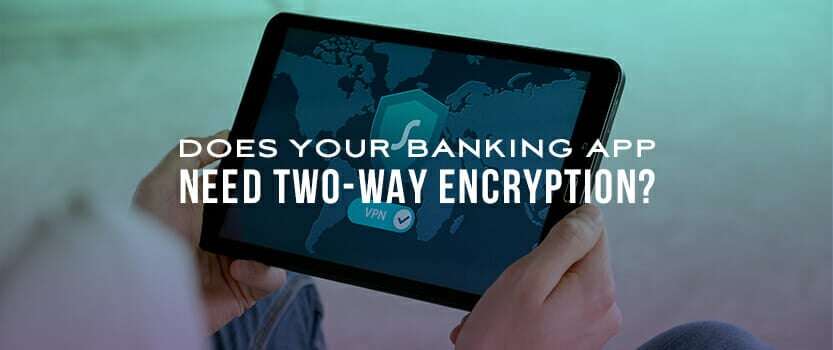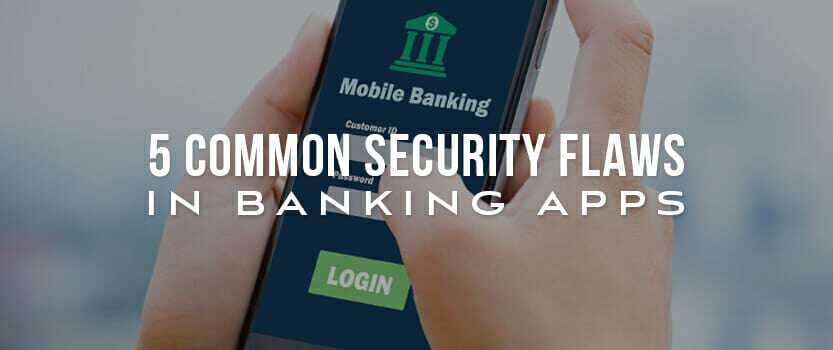3 min read
App Alerts: Personalizing Security for Your Banking Clients
43% of people in the US are using mobile banking as of 2019. There is a greater necessity now more than ever to provide personalization to...
Improve customer satisfaction and increase operational efficiency with a client portal.
Take control of your operations with customized software solutions.
Help your in-house dev team get more done, faster with our Midwest-based experts.
It’s a nightmare statistic: 29% of Android banking apps contain high-risk flaws. A lack of security is a problem for any app, but the banking industry is particularly hard-hit. During COVID, this is especially true, with the FBI warning of a spike in mobile banking attacks.
What are the top security flaws to look out for? Today we’ll go through five high-risk issues that your banking app should avoid at all costs.
If hackers can access an app’s source code, they can use it to rebuild the security blueprint for the app. With the knowledge of the app’s code, authentication and security layers, they can exploit its weaknesses to gain access. This is called reverse engineering – and a huge problem for financial apps. In a recent study, 97% of financial apps had no protections from revealing code. Yikes!
Another security culprit is data storage, affecting 83% of financial apps in that same study. App data must be stored with proper encryption, otherwise it’s vulnerable to a data leak. It’s particularly important to lock down internal storage with high security algorithms and encryptions. Otherwise other apps can see this data and exploit it. Data leaks from unprotected storage can be hugely problematic, exposing confidential banking details and personal information.
Our world is more connected than ever before – your apps included. Your banking app most likely interacts with other services on your device. In fact, 90% of financial apps are affected by this flaw. Service sharing makes sense from a user perspective but it can be a point of contention regarding security. Protection is needed for any external access points, otherwise your banking data will be vulnerable to attack. At the very minimum, the app should have SSL encryption.
One of the most important elements for banking apps is encryption, yet 80% had weak or incorrect implementation. When an app has no or weak encryption, this means hackers can potentially steal confidential data. Basically, banking apps need high-level encryption as a barrier to hackers, as it’s extremely time-consuming to decrypt data and usually not worth the effort.
Last but not least, code tampering is a hot-button security issue for banking apps. Basically, code tampering involves hackers copying code and creating a malicious version of the app. Through phishing, they can trick users into giving access to confidential data. This is especially common on Google Play, where two-thirds of Android banking apps were victim to phishing attempts (i.e. users downloaded fake apps). It’s vital that banking apps are able to identify code tampering in real-time in order to prevent it.
While these aren’t the only security flaws out there, they’re by far the most common. Other issues that banking apps must resolve for users include:
Ultimately, taking care of these security flaws is extremely important. With data attacks on the rise, it’s key to secure your banking app or demand action from your banking provider.
Need more expert assistance with securing your banking app? Read more about online banking security or get a security consultation from Onsharp.

3 min read
43% of people in the US are using mobile banking as of 2019. There is a greater necessity now more than ever to provide personalization to...

3 min read
Is your banking app vulnerable? Similar to COVID, hacking has become increasingly common these days. As many businesses and individuals...

7 min read
Today, more people bank online than ever before, whether it’s a simply checking their balance, remotely depositing a check, or transferring...
